First Look: XF55-200mmF3.5-4.8 R LM OIS
UPDATE (18APR2013): Added more llama shots and a new flower shot.
UPDATE: US readers can already preorder the brand new Fuji 55-200mm lens at BHphoto (Click here).
Talk to Rico (questions & feedback) – Rico’s XF55-200mmF3.5-4.8 R LM OIS Prototype Samples
Fuji’s XF18-55mmF2.8-4 R LM OIS “kit zoom” was one of last year’s most pleasant surprises, offering very good image quality in a portale package at a quite affordable price. This May, it will be complemented by a telephoto zoom that was officially announced today. The new lens starts off exactly where the kit zoom ends: at 55mm, going all the way to 200mm. According to Fuji, that’s 84-305mm in 35mm (“full-frame”) equivalence terms.
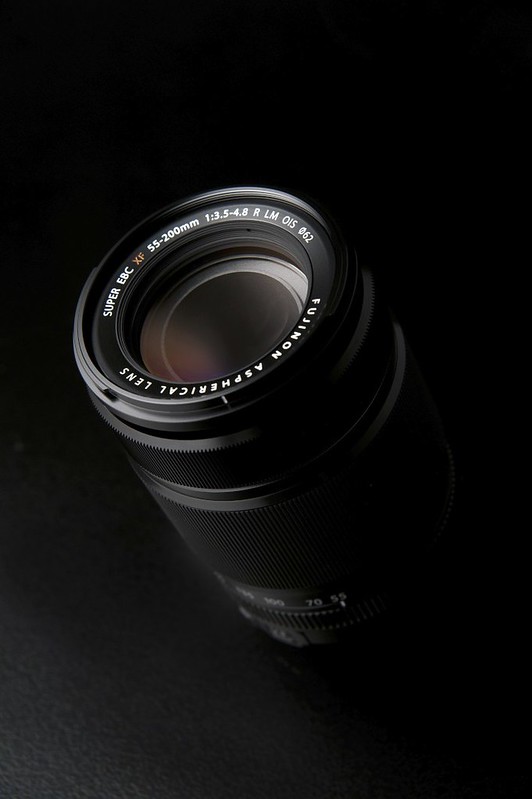
The telephoto zoom’s full name is FUJINON XF55-200mmF3.5-4.8 R LM OIS, and it’s supposed to sell for USD 699.– (plus sales tax) in the U.S. or EUR 649.– (incl. VAT) here in Germany. I have been able to work with an early prototype of the lens for more than a week, so let’s have a closer look, shall we?
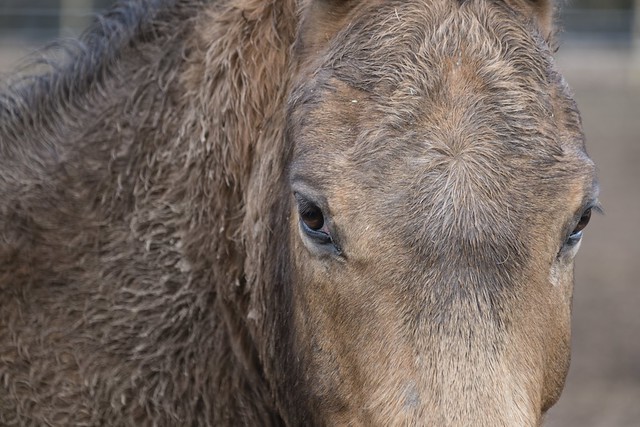
Same, same, but different…
If you already know Fuji’s 18-55mm kit zoom lens, the new telephoto zoom will immediately feel familiar. It’s obvious that Fujifilm wants you to buy this zoom as an extension to your already existing standard zoom. Both lenses offer the same key features: a manual focus ring, an aperture ring without engravings, a zoom ring, an optical image stabilizer (OIS) and fast/silent linear autofocus motors. Everything is located in the same place: There’s one switch to turn the OIS on and off, and there’s another one to toggle the lens between automatic and manual aperture settings. Design, build quality and used materials appear to be quite similar, as well.
Would you like to know more about what all those letters and numbers in XF55-200mmF3.5-4.8 R LM OIS actually mean? If that’s the case, you may want to read my article Decoding XF18-55mmF2.8-4 R LM OIS here on Fujirumors. Pretty much all information on the kit zoom lens is also applicable to the new telephoto lens.
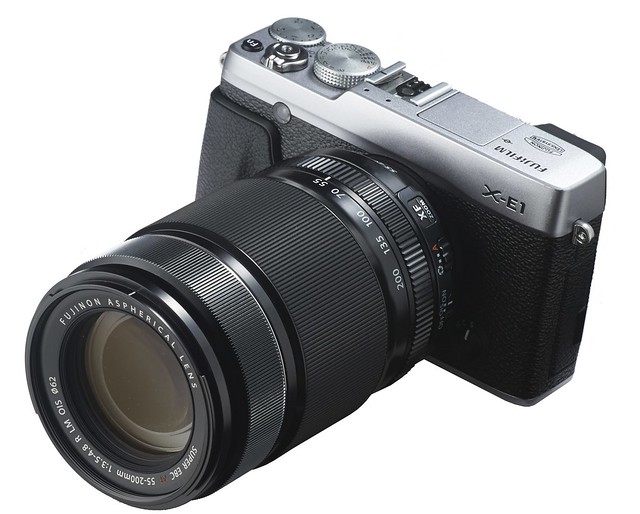
Welcome back! As I mentioned, working with the telephoto zoom is much of a “been there, done that” experience for those who already know Fujifilm’s standard kit zoom lens. Brought together, these two zoom lenses make a perfect couple. But so do Steffi and her Irish horse Poteen:

Fuji’s 55-200mm zoom contains 14 optical elements in 10 groups, including one aspherical lens and two ED elements. Performance should be similar to what we’ve seen from the 18-55mm zoom. It’s impossible to tell with such an early prototype, as Fuji is still working on the mechanics, the optics and the firmware of the lens. This article is far from definitive, it’s a First Look on a work in progress.
On the bright side?
A variable maximum aperture opening of F3.5-4.8 doesn’t sound like much, does it? And yet, the lens is quite up to the task when it comes to isolating objects from their background. Take a look:

110mm, f/4

149mm, f/5.6

190mm, f/9

78mm, f/9

95mm, f/5.6

135mm, f/4.5
More often than not, you may have to drastically stop-down the lens in order to expand the depth-of-field (DOF) to reasonable levels, like in these examples:

55mm, f/16

55mm, f/13

55mm, f/14
The maximum aperture number of this lens is f/22, another kit zoom similarity.
Come closer!
Fuji’s 55-200mm telephoto zoom is capable of operating at distances as close as 1.1 meters throughout all focal lengths, thus creating an opening for limited close-up work with the benefit of a rather narrow angle-of-field (29.0°-8.1°) to hide unwanted background elements, and with a maximum image ratio between 1:16.67 (at 55mm) and 1:5.56 (at 200mm).

116mm, f/4.5
The following uncropped samples illustrate the DOF at different working apertures of f/4.5 and f/8:

149mm, f/4.5

149mm, f/8
My focus point was at the center of the second flower from the right. As expected, there’s a trade-off between increased DOF and smoother bokeh. To get a better impression of these images, you can inspect larger versions of these and other sample shots in my Flickr set, where you can also view full EXIF information and read notes about what and who is depicted in the pictures.
With the limited DOF of increased focal lengths, focusing can become a tricky task: In order to nail a telephoto shot, it’s often useful to reduce the size of the AF frame and place it precisely over the area of the subject that you want to be in focus:

200mm, f/5.6
It would be beneficial if Fujifilm offered the camera’s built-in magnifier tool not only in manual focus (MF) mode, but also in AF-S and AF-C (like in the X100 and X100S). I’m pretty confident that such a feature will be part of Fuji’s next big firmware update for the X-E1 and X-Pro1, which I expect to be released this summer.
New firmware for old lenses
Speaking of summer, Fujifilm has also promised firmware updates for its five existing XF lenses. These updates are supposed to further enhance autofocus performance. The 55-200mm telephoto zoom will already ship with this faster firmware (so no upgrade will be necessary), but in order to properly use the lens, you’ll have to upgrade the firmware of your camera bodies to versions 1.05 (X-E1) and 2.04 (X-Pro1), respectively.
Obviously, the optical viewfinder of the X-Pro1 is of very limited benefit with this particular lens: A usable bright frame is only displayed between 55mm and 60mm. This makes the X-E1 (with its higher-res EVF) the better choice for longer lenses. Since the 55-200mm is rather bulky (but at 590 grams much lighter than it looks), I recommend attaching Fuji’s optional HG-XE1 hand grip to the camera. After all, fully extended and with its lightweight plastic lens hood, this is a pretty long lens—literally speaking. ;)
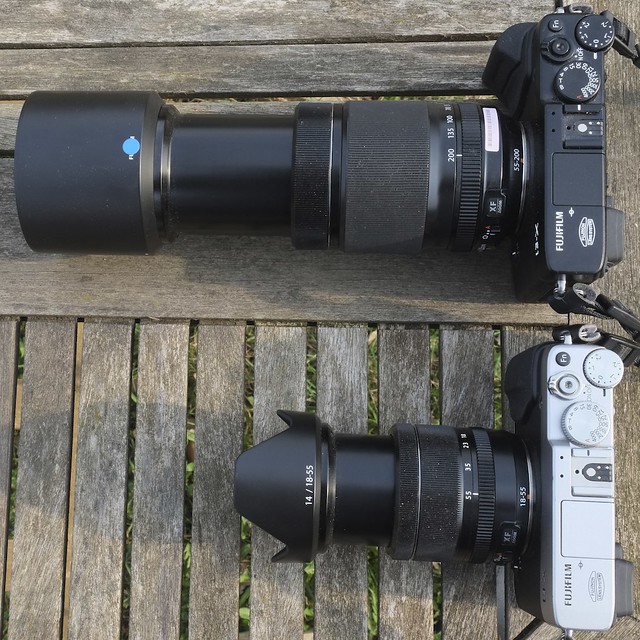
In my testing, AF performance of the prototype was pretty much on par with what I’m used to from my 18-55mm kit zoom lens. Comparing both zooms at 55mm in rather low light, I got the (utterly unscientific) impression that the 55-200m lens focused a tad faster than the kit zoom, but that may simply be because of its slightly larger aperture opening of f/3.5 (vs. f/4.0) at 55mm. More light, more contrast—you get the idea…
Speaking of aperture openings, here’s the deal:
The lens offers a maximum aperture of…
f/3.5 between 55mm & 75mm,
f/4.0 between 75mm & 115mm,
f/4.5 between 115mm & 165mm,
f/4.6 between 165 & 172mm and
f/4.8 between 172 & 200mm.
Of course, those numbers are just ballpark approximations and may be different in production lenses with production firmware.
The 55-200mm zoom lens features two fast (and very silent) linear motors, and like in the kit zoom lens, the OIS motor is always working (though almost inaudible) in either maintenance or stabilizing mode. The diameter of the filter thread is 62mm, so all of you who’ve just bought 58mm filters for your kit zoom, be prepared to buy again!
As mentioned earlier, the real focusing challenge of this lens (at least for me) is not its lack of speed but the requirement to focus very precisely due to the often limited DOF. Here are a few examples showing living subjects. Some of them even dared to move during shooting…

122mm, f/5
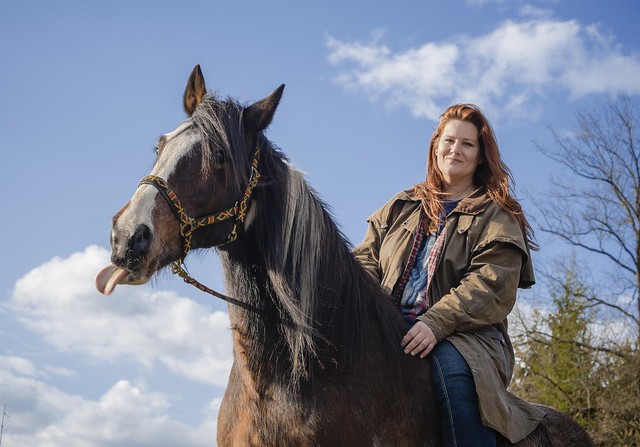
55mm, f/8
Is it just me, or is there a theme…? Anyway, more close-up stuff:
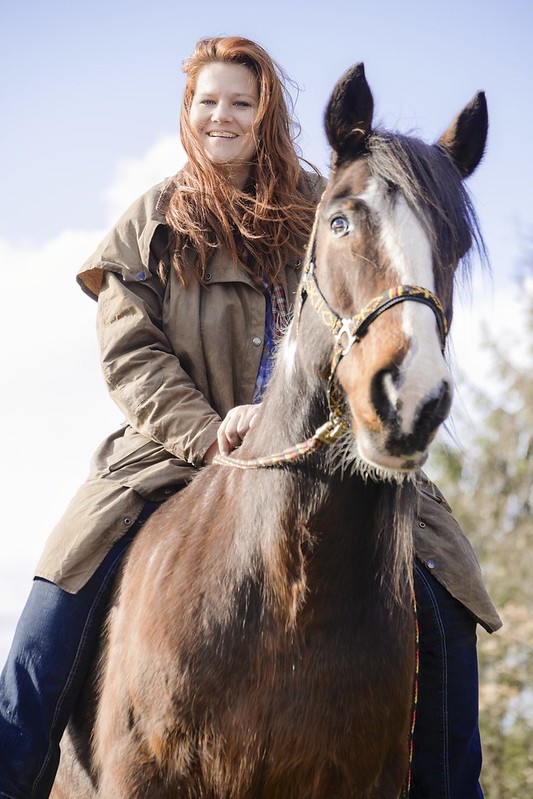
110mm, f/5

173mm, f/4.8
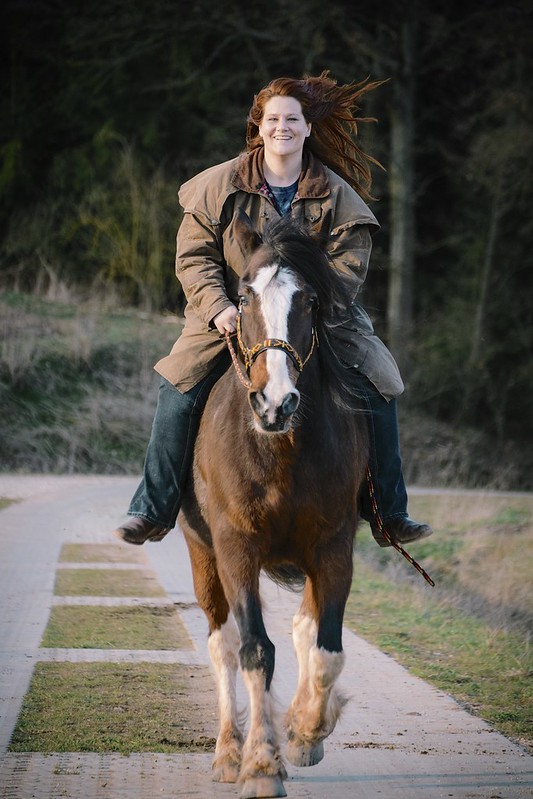
128mm, f/4.5
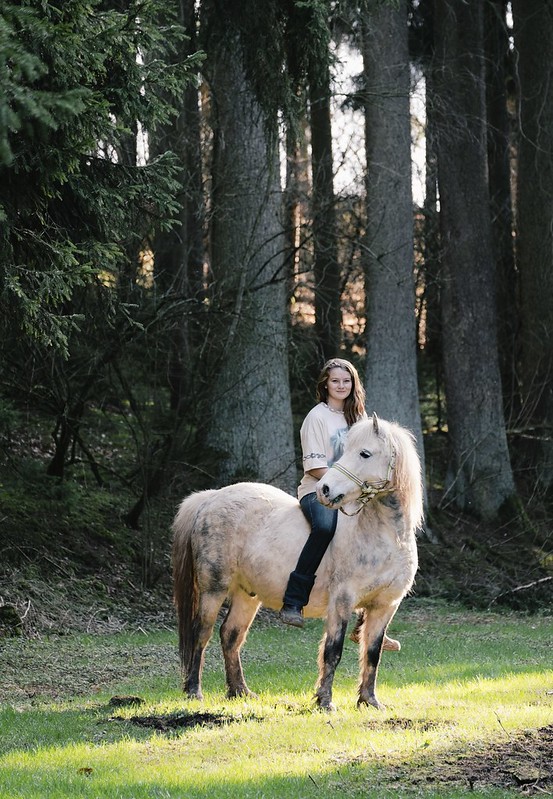
95mm, f/4
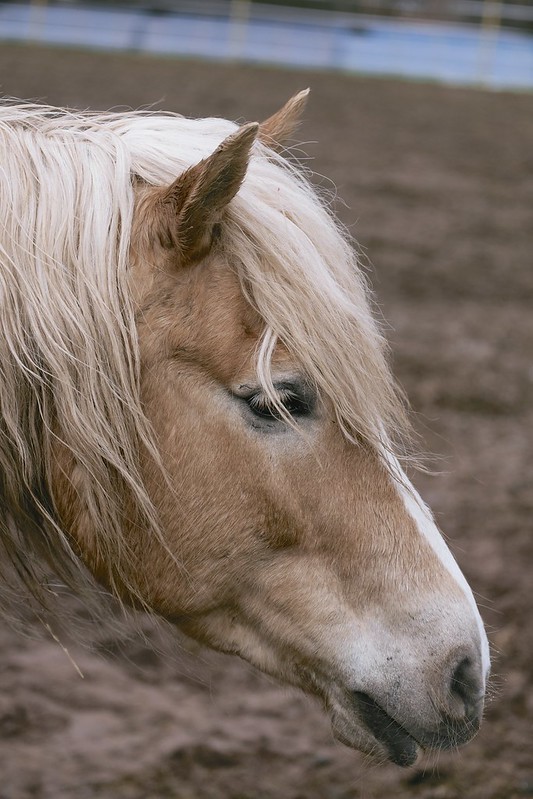
78mm, f/4
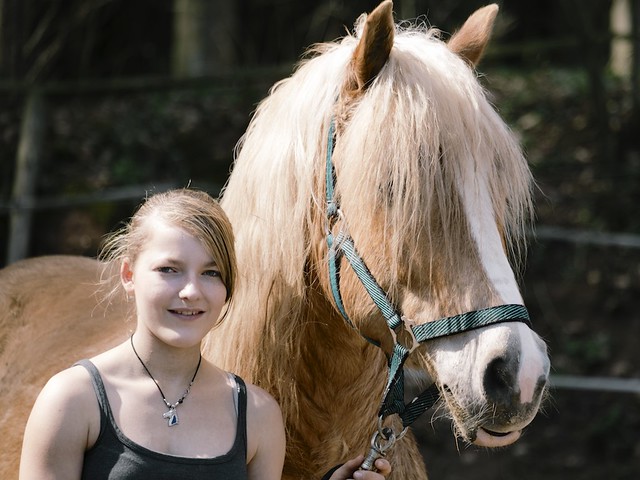
181mm, f/5.6
However, if you get it right, you may be rewarded with a pleasant interplay between in-focus and out-of-focus areas.

128mm, f/4.5

135mm, f/4.5

200mm, f/5.6
Again, please have a look at my Flickr set for larger viewing options.
No jitters, please!
Fujifilm promises strong OIS performance with a gain of “up to 4.5 stops” compared to using the lens without stabilization. In reality, your mileage may vary: There’s no guarantee for 100% crisp shots at 1/15s shutter speed and 200mm (= 300mm “full-frame” equiv.) focal length, but if you are lucky and have steady arms and hands (and possibly a monopod), you will probably be able to nail a decent percentage of shots. At such focal lengths, the OIS is also instrumental in framing and focusing the shot, as it calms an otherwise jittery live view image. That’s why I recommend using OIS mode 1 (= “always on”) with this kind of lens.
Manual focus is the usual “focus-by-wire”, but has a quite natural feel. In conjunction with the 3x/10x magnifier tool, the OIS is utterly indispensable.
Now what?
Is the Fuji’s new 55-200mm telephoto zoom lens worth its price? You bet, at least based on my hopefully not so wild assumption that Fujifilm will deliver image quality that compares well to its successful 18-55mm kit zoom lens. We will know for sure once I get my greedy hands on pre-production and production samples of this lens. Regarding handling, speed, design and operation, this telephoto zoom is an ideal extension (and big brother) to the venerable kit zoom lens.
Updated XF lens roadmap
Did I mention that Fujifilm has updated the XF lens roadmap? Well, here it is:
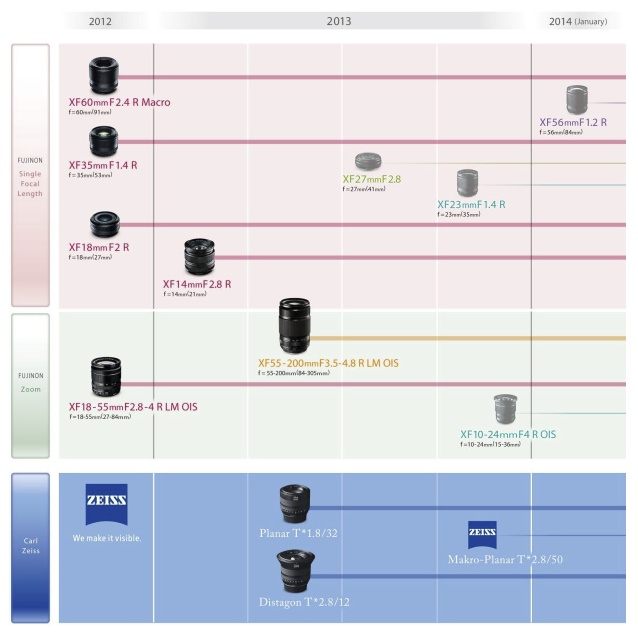
This chart basically confirms what was previously known, with two notable exceptions: Fuji is actively advertising the upcoming XF autofocus lenses from Carl Zeiss (some of you may wonder why), and the F1.4/56mm prime has turned into a faster F1.2/56mm lens. Nice! However, there’s a downside, too: This long-expected lens has been pushed back till January 2014. Honestly, I’d rather like to have it now.
Updated book roadmap
As for my book writing, reader feedback has been very kind and positive about how useful my current book “Mastering the FUJIFILM X-Pro1” (Kindle Edition) (Apple iBook Store) (German version) has been for owners of the X-E1 and even the new X100S. Thank y’all for telling me! That’s why I have decided to delay my X-E1 book until Fujifilm eventually releases a major firmware update that will offer many (as in 100+) new features and improvements. Once that happens (knowing Fuji, it may take a while), a future book will cover both the X-Pro1 and X-E1, so you’ll eventually get two updated camera books for the price of one. :) Till then, the current book will do just fine. Don’t take my word for it, though. Instead, read a few X-Pert Corner articles or my 65 pages of free reading samples (German version).
Updated critter roadmap
Last Sunday, we got ourselves a llama. Yes, really! His name is Skipper, he’s eight years old. He’s originally from a circus, and he only spits at Nikon users.
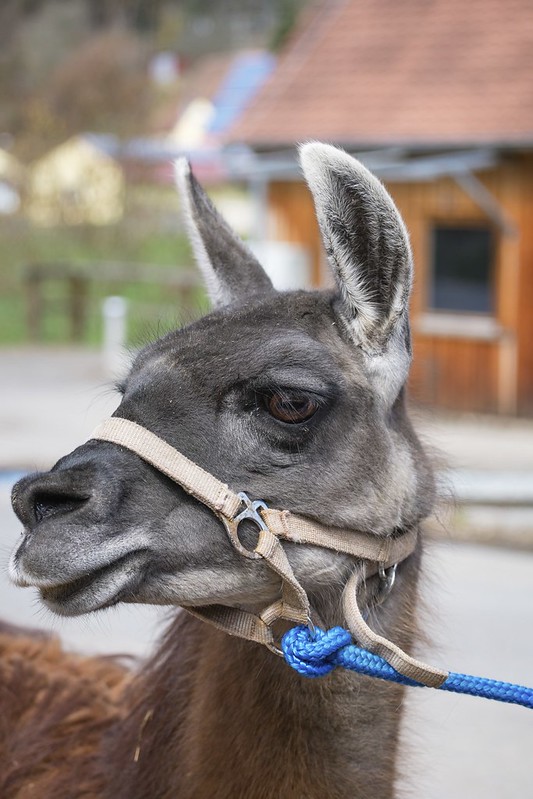
55mm, f/3.5
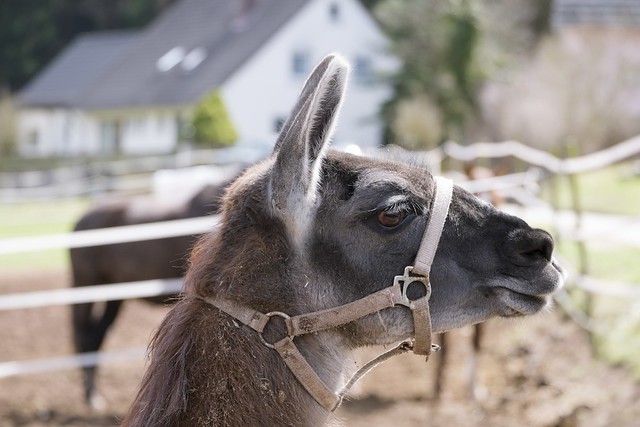
86mm, f/5.6
I’ll get back to you with more llama shots (taken with the telephoto zoom, of course) once Skipper got his own webpage on our little riding website here in Germany.
LLAMA UPDATE: Took two more llama shots today…
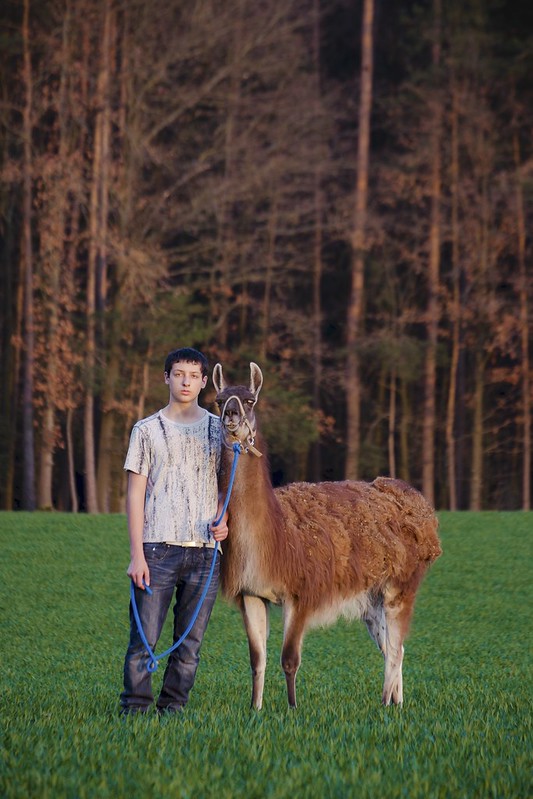
200mm, f/7.1, 1/45s (free-hand, OIS at work)
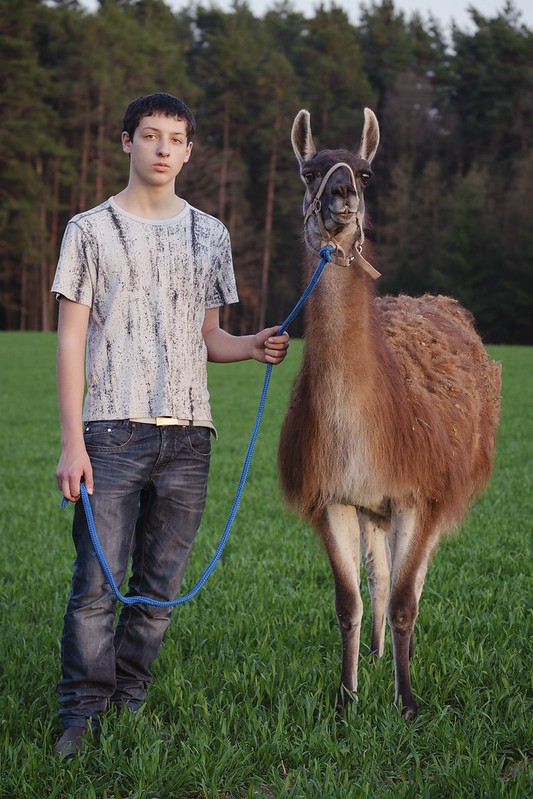
78mm, f/5.6
And one for those who don’t like llamas:

200mm, f/5.6
EXR article update
I’m still collecting questions concerning my planned X-Pert Corner article explaining EXR technology (and how to use it best). What happened to the 1,500+ readers who voted for such an article here on Fujirumors? Come on!
Happy shooting,
have a nice week
For your convenience, here’s a TOC with links to my previous X-PERT CORNER articles:
- Studio X
- Using the X100S
- Using the X20
- X100S vs. X100
- X20 vs. X10
- RAW, JPEG, Silkypix and “Fuji Colors”
- Adapting Third-Party Lenses (updated with Speed Booster)
- RAW for JPEG Shooters…
- Tips for Updating your Firmware
- How to Clean the X-Trans Sensor
- Using the XF14mmF2.8 R
- Decoding XF18-55mmF2.8-4 R LM OIS
- Comparing RAW converters: JPEG vs. Lightroom, Capture One, Silkypix & RPP
- XF14mmF2.8 R appears to be almost distortion free
- How to Expand Dynamic Range
- How to Use Extended ISO
- EXR, anyone?
- Capture One – When the Going Gets Tough…
- Using Shooting Profiles and the Quick Menu
Rico Pfirstinger studied communications and has been working as journalist, publicist, and photographer since the mid-80s. He has written a number of books on topics as diverse as Adobe PageMaker and sled dogs, and produced a beautiful book of photographs titled Huskies in Action (German version). He has spent time working as the head of a department with the German Burda-Publishing Company and served as chief editor for a winter sports website. After eight years as a freelance film critic and entertainment writer in Los Angeles, Rico now lives in Germany and devotes his time to digital photography and compact camera systems. His book “Mastering the FUJIFILM X-Pro1” (Kindle Edition) (Apple iBook Store) (German version) is available on Amazon and offers a plethora of tips, secrets and background information on successfully using Fuji’s X-Pro1 and X-E1 system cameras, lenses and key accessories.

